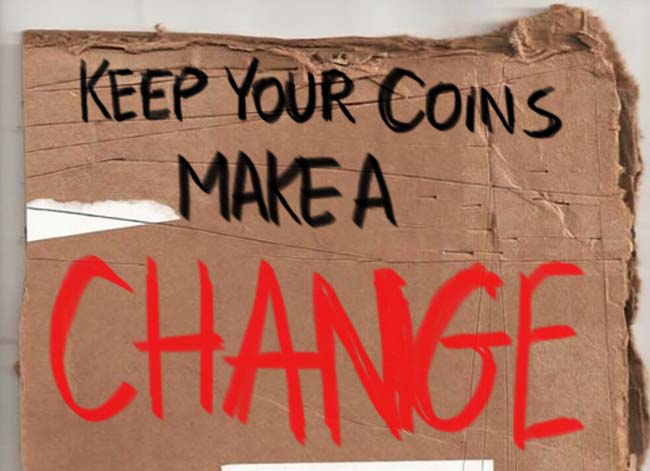In general, students at the College of William and Mary place significant emphasis on service projects, both through service trips and service based organizations. Despite this attention to community engagement, 2009 data from the city of Williamsburg showed that 27.5 percent of city residents were living below the poverty level, nearly double the percentage of the rest of the state. The College needs to increase its engagement with community organizations like the Williamsburg Redevelopment and Housing Authority in order to help put an end to the socioeconomic gap within the city.
The data showed that 45.7 percent of male residents and 51.9 percent of female residents in Williamsburg living below the poverty level were between the ages of 18-24. Since these residents are members of our peer group, students at the College should make a special effort to reach out to these residents and to unite over the common cause of finding a career and determining the next step in our lives.
The College could extend the Sherman and Gloria H. Cohen Career Center’s services to members of the Williamsburg community searching for employment so that the Career Center serves the community as much as it does the College. Currently, the Career Center focuses mainly on helping students obtain jobs that require a four-year bachelor’s degree, but it could expand its databases to careers that require technical school degrees or two-year associate’s degrees to help members of the community. It could also help WRHA residents prepare for interviews and give them access to Tribe Careers. While these suggestions may place an extra burden on the Career Center, given that the Career Center already serves over 6,000 undergraduate students, the additional community members would not register as a significant increase in people actually utilizing the Career Center’s resources.
Furthermore, students could become more involved in community service on an individual level and through existing organizations. Students could use campus vans in order to increase the Office of Community Engagement and Service’s ability to provide transportation for members of the Williamsburg community to interviews and job fairs. Students could also take an active role in improving the programming at career workshops for members of the WRHA. Student organizations like Campus Kitchens could provide meals for the workshop in order to help improve participation. Students could also make programming more relevant to the age group in need of help by appealing to the interests of young adults or even by using student funding to bring in big name motivational speakers that would appeal to WRHA residents as well as College students.
The College is always trying to improve town-gown relationships, and a very simple way to do so is to make sure College students are acting in ways that benefit all members of the city. By engaging with residents of the WRHA, students can help Williamsburg close the socioeconomic gap and put an end to the cycle of poverty in the city.
Editor’s Note: Vanessa Remmers recused herself from this editorial in order to remain unbiased in her reporting.

